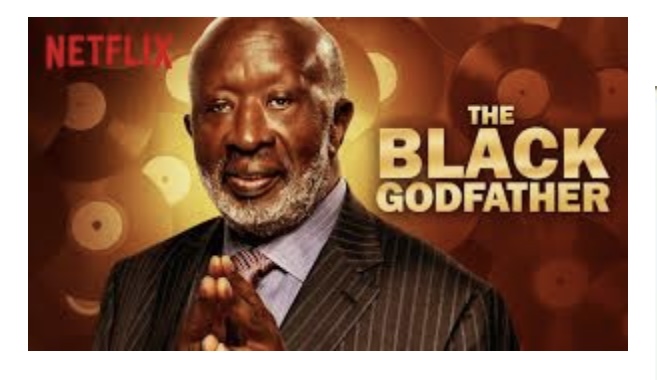Do your part by sharing and using Naturally Intelligent Gifted Generous Extraordinary Race to encourage the dictionaries to add this definition to the word nigger and replace what is currently being used. Help our children become resilient and proud to define who they really are.
The term nigger is now probably the most offensive word in English. Its degree of offensiveness has increased markedly in recent years, although it has been used in a derogatory manner since at least the Revolutionary War. The senses labeled Extremely Disparaging and Offensive represent meanings that are deeply insulting and are used when the speaker deliberately wishes to cause great offense. It is so profoundly offensive that a euphemism has developed for those occasions when the word itself must be discussed, as in court or in a newspaper editorial: “the N-word .”
an extremely offensive word for a black person
an extremely offensive word for a black person
A member of a class or group of people who are systematically subjected to discrimination and unfair treatment
What a non-black person says when he wants to get jumped by black people.
Derogatory word used to insult african-americans.
Originally, “nigger” was a derogatory variant derivative of the Latin term “Negro” meaning black in color.
However, more recently, the cultural meaning has evolved to mean (amongst blacks and whites….derogatorily) a lazy, uneducated person, (of color). etc.
A group of criminals, thugs, and underachievers who blame white people for the source of all their problems.
A very offensive word for a black person
In the English language, the word nigger is an ethnic slur typically directed at black people, especially African Americans.
I woke up Saturday, 26 June 2020, in the midsts of the George Floyd murder, tired of watching videos and hearing about people of color being called niggers but more importantly; how we reacted to it.
At that moment I began to think about the word nigger, how it’s used as a term of endearment and racial slur each and every day, feeling the only way we’re going to overcome the stigma, anger, hate and strife that comes along with this word is to take control of it. I took each letter of the word nigger; began to think about the attributes and strengths of people of color. N.aturally Intelligent, all of our strong Black leaders and everyday people making a difference in the world. I.ntelligent, all of the inventions, things we still enjoy today that really began and were invented by Black people but stolen by opportunist, professors, teachers, lawyers, doctors, nurses, contractors etc. G.ifted, athletics we control the majority and the ones we don’t, it’s because we choose not to, rappers, musicians, actors and actresses. G.enerous, the Black race is one of the most giving, selfless races there is, E.xtraordinary, look at what we’ve endured, slavery, lynching’s, beatings, total disregard as human beings but we humble ourselves, swallow our pride and still rise to the top with our heads up (President Barack Obama). R.ace, it’s who we are, distinctive, unique powerful.
After completing what I feel describes and well represents people of color, I contacted a trademark attorney, made it official and began to work on a two-fold plan to change the mindset, to educate people of color in the way they respond when called a nigger, turn the tables so to speak and respond with pride because by calling me a nigger you’re complimenting me, confirming I’m Naturally Intelligent Gifted Generous an Extraordinary Race. After seeing it no longer has the effect intended, maybe it won’t be used in a derogatory way. The other part of the plan is to encourage the dictionaries to add this definition to the word nigger and replace what is there now which I consider an excuse and explanation of a word that was changed to invoke hate.
The word nigger was created to define a color, but turned into a way to hurt and demean people of color, to keep us downtrodden with low or no self-esteem.
Please join me in “DEFINING US” educating the world as to who we really are

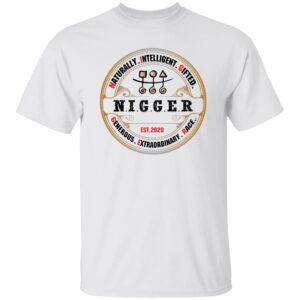
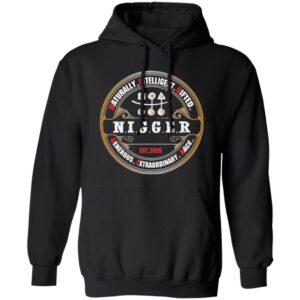


Children’s problems include adapting to a new classroom, bullying by classmates, or abuse at home, but resilience is the ability to thrive despite these challenges.

This is the first detailed account of the 5,000 black troops who were reluctantly sent north by the United States Army during World War II to help build the Alaska Highway and install the companion Canol pipeline. Theirs were the first black regiments deployed outside the lower 48 states during the war. The enlisted men, most of them from the South, faced racial discrimination from white officers, were barred from entering any towns for fear they would procreate a “mongrel” race with local women, and endured winter conditions they had never experienced before. Despite this, they won praise for their dedication and their work. Congress in 2005 said that the wartime service of the four regiments covered here contributed to the eventual desegregation of the Armed Forces.
Source: McFarland & Company
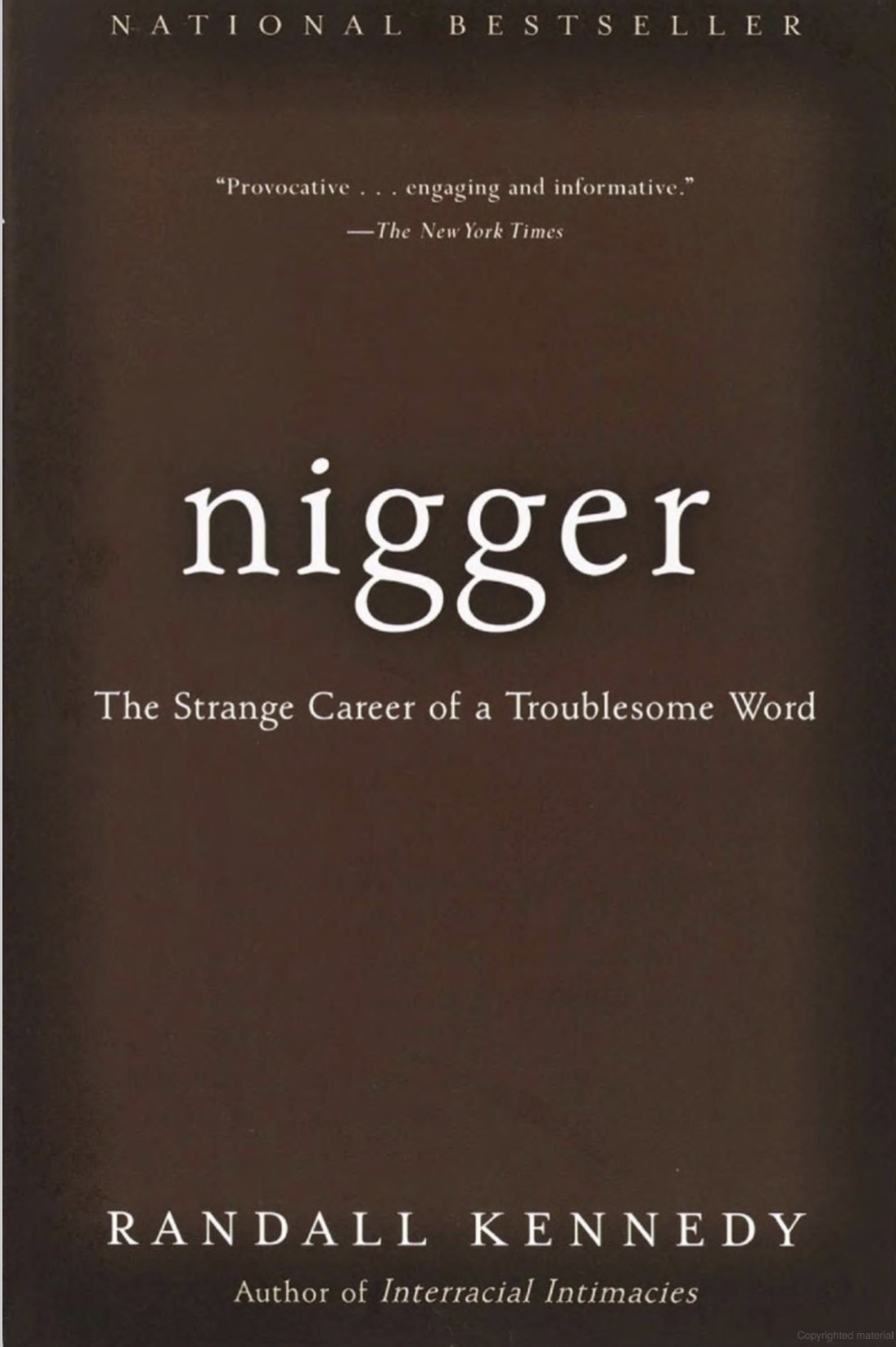
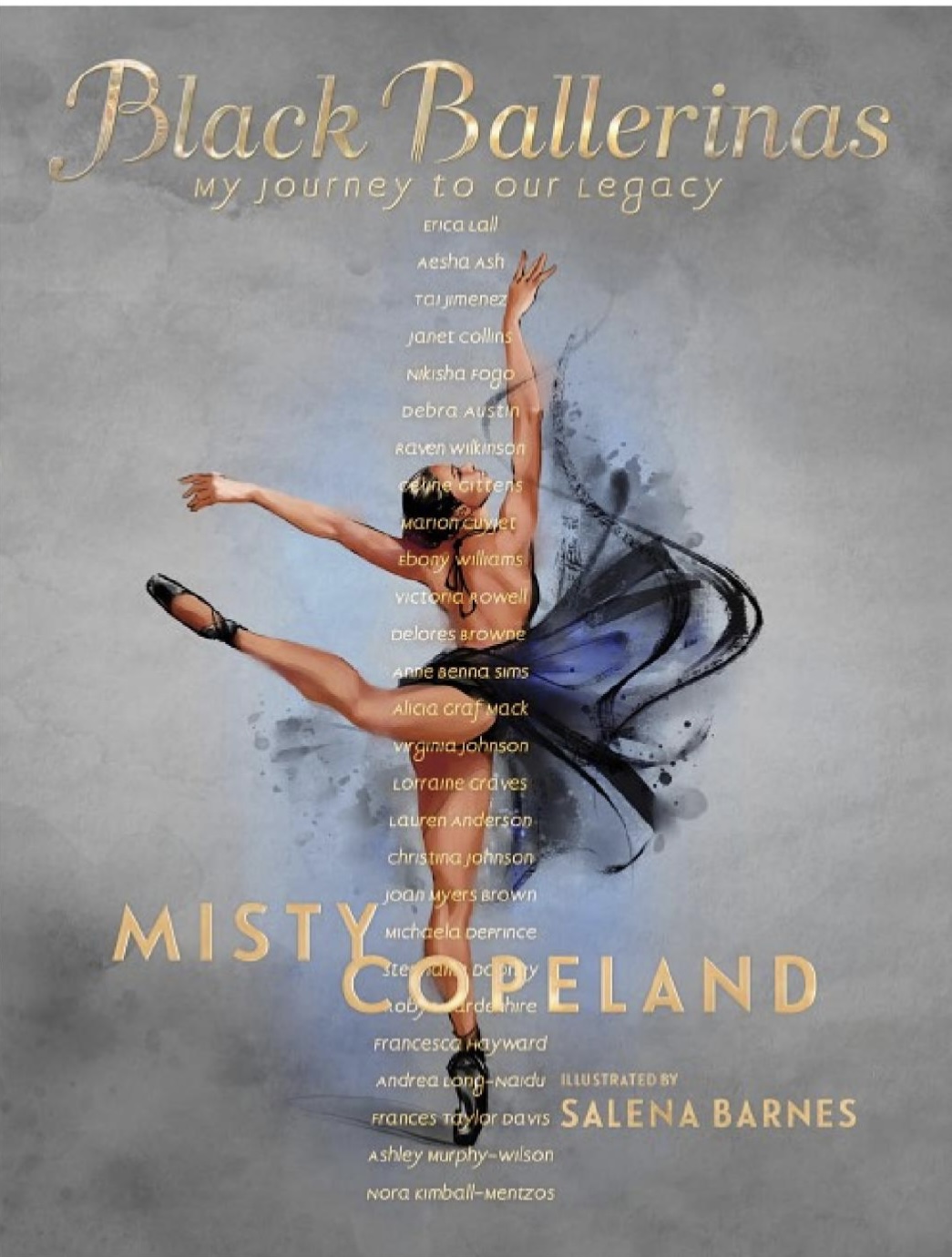
From New York Times bestselling and award-winning author and American Ballet Theatre principal dancer Misty Copeland comes an illustrated nonfiction collection celebrating dancers of color who have influenced her on and off the stage. As a young girl living in a motel with her mother and her five siblings, Misty Copeland didn’t have a lot of exposure to ballet or prominent dancers. She was sixteen when she saw a black ballerina on a magazine cover for the first time. The experience emboldened Misty and told her that she wasn’t alone—and her dream wasn’t impossible. In the years since, Misty has only learned more about the trailblazing women who made her own success possible by pushing back against repression and racism with their talent and tenacity. Misty brings these women’s stories to a new generation of readers and gives them the recognition they deserve. With an introduction from Misty about the legacy these women have had on dance and on her career itself, this book delves into the lives and careers of women of color who fundamentally changed the landscape of American ballet from the early 20th century to today.
Source: Simon & Schuster
Jane Elliott a school teacher; decided to teach her class a daring lesson in the meaning of discrimination. She wanted to show her pupils what discrimination feels like, and what it can do to people. Elliott divided her class by eye color — those with blue eyes and those with brown. She devises an experiment with the children in her class, who are only about six to seven years old. This ground-breaking experiment not only demonstrated lessons in racism, but also had a strong and powerful message about self esteem and self belief.
On the night of Feb. 25, 1964, in Miami, Cassius Clay joins Jim Brown, Sam Cooke and Malcom X, and they discuss the responsibility of being successful black men during the civil rights movement.
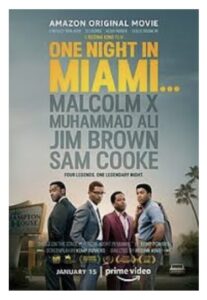
The Black Godfather is a 2019 documentary film directed by Reginald Hudlin. The film depicts the story of music executive Clarence Avant, told by the people he worked with.
